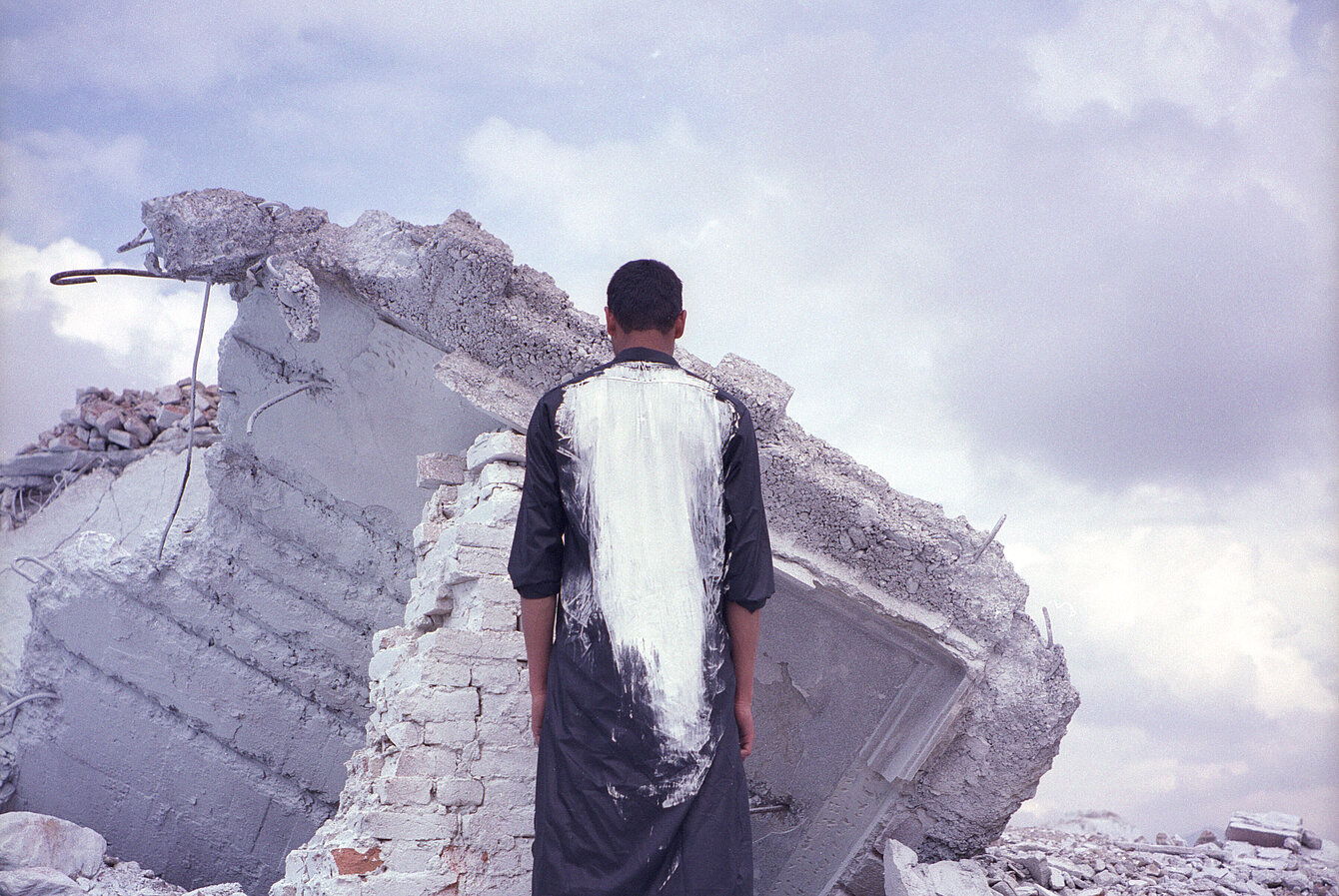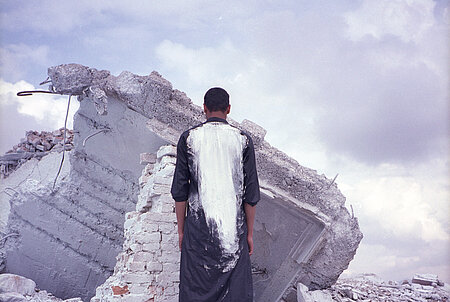The exhibition Human Condition offers a journey into human ethics where the structures of address, responsibility and moral agency are at stake. “Who are we?” asks Hannah Arendt in her Human Condition and refers to processes of thinking, willing and judging. “What are we made of?” asks Jeremy Rifkin while introducing Homo Empathicus, the main protagonist of his “new view of human nature.” “What counts as human? What allows us to encounter one another?” investigates Judith Butler.
Human Condition is the portrait of a precarious world of instability and an uncertain future, where social vulnerability is challenged and the frailty of human affairs is exposed. What is the relationship between emancipation and empathy? How do they shape the human condition? Between emancipation and despair, self-empowerment and a rapidly growing rupture of social Gestalt, between communal desire and individualistic mentality, the exhibition collects models of contemporary realities and sites of conflict. Faced by the unpredictability of the future and confronted by the suspension of previously available patterns, it asks for a chance of hope and searches for possibilities of the heroic in an age of corrupted values devoid of historical reference.
The exhibition examines contemporary rites of passage that determine social, political and cultural developments of societies at the wake of the new millenium. The complexity of current situation that foregrounds precariousness and fragility of global systems of economy and political order calls for a more profound reflection upon contemporary mechanisms of social movements, structures of labour, distribution of power and the ethics of judgment.
Critical and self-referential at its core, Human Condition revisits the crucial areas of human activity and it studies contemporary forms of life. As such, it loosely refers to the seminal oeuvre, The Human Condition (1958) by one of the most prominent philosophers of the 20th century, Hannah Arendt where the author undertakes the analysis of the possibilities of the vita activa in the modern world.
With works by Lida Abdul, Marcel Dzama, Maria Lassnig, Mark Manders, Renzo Martens, Kris Martin, Adrian Paci, Susan Philipsz.
The exhibition is accompanied by a catalogue.




















